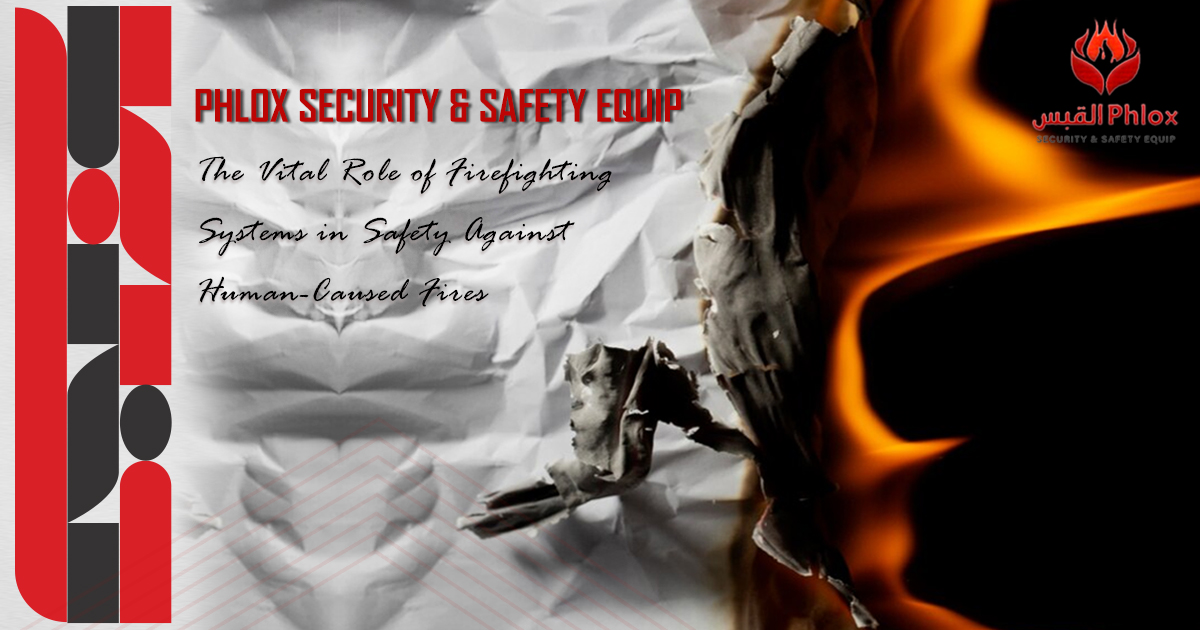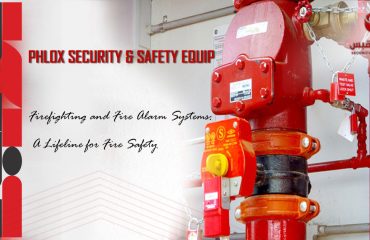
The Vital Role of Firefighting Systems in Safety Against Human-Caused Fires
In the realm of fire safety, preventing human-caused fires is a paramount concern. While natural disasters like wildfires pose significant threats, human activities are responsible for a considerable portion of fire incidents worldwide. From industrial mishaps to negligence in handling flammable materials, human-caused fires demand proactive measures to mitigate their impact. Among the arsenal of fire safety tools, firefighting systems stand as frontline defenders. It also plays a pivotal role in safeguarding lives and property.
Firefighting systems role in human-caused fires:
These systems encompass a variety of technologies and strategies designed to detect, contain, and extinguish fires promptly. These systems respond swiftly to diverse scenarios, ranging from minor sparks to full-blown infernos. Perhaps one of their most critical functions is their ability to combat fires ignited by human activities. Whether it’s a workplace accident, an electrical malfunction, or an act of arson, these systems stand ready to intervene. Which limit the blaze’s spread and minimizing its consequences.
Automated detection systems serve as the eyes and ears of firefighting systems, scanning environments for signs of smoke, heat, or abnormal activity. Through advanced sensors and algorithms, these systems can pinpoint the source of ignition swiftly, enabling rapid response measures. In industrial settings, where human error or equipment failures can trigger catastrophic fires, early detection systems act as invaluable safeguards, allowing for preemptive action before a situation escalates out of control.
When the system detects a fire, suppression systems leap into action, deploying various agents to smother the flames and prevent their escalation. From traditional sprinkler systems to cutting-edge technologies like mist systems and foam generators, these suppression methods are tailored to the specific needs of different environments and fire types. Their effectiveness in quelling human-caused fires lies in their ability to act decisively, curbing the blaze’s advancement and buying time for evacuation and firefighting efforts.
Moreover, firefighting systems are not limited to reactive measures but also encompass proactive strategies aimed at preventing human-caused fires altogether. Educational campaigns, stringent safety protocols, and regulatory measures all contribute to fostering a culture of fire prevention and risk mitigation. By raising awareness and promoting responsible behavior, these initiatives serve as complementary layers of defense against the threat of human-induced fires.
Conclusion:
Lastly, the role of firefighting systems in combating human-caused fires cannot be overstated. From detection to suppression and prevention, these systems form an indispensable line of defense. Which safeguard communities, infrastructure, and natural resources against the destructive power of flames. Through continued innovation, investment, and collaboration, we can further enhance the effectiveness of firefighting systems, bolstering our resilience in the face of human-induced fire hazards.





